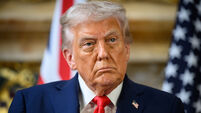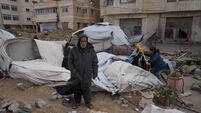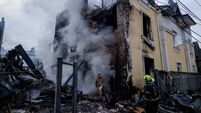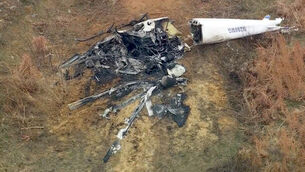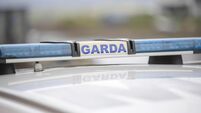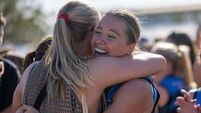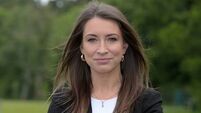Columbus' bones 'buried in Seville'
Spanish researchers say they have resolved a century-old mystery surrounding Christopher Columbus’s burial place, which both Spain and the Dominican Republic claim. Their verdict: Spain has the right bones.
A forensic team led by Spanish geneticist Jose Antonio Lorente has compared DNA from bone fragments that Spain says are from the explorer – and are buried in a cathedral in Seville – with DNA from remains that are known to be from Columbus’ brother Diego, who is also buried in the southern Spanish city.
“There is absolute match-up between the mitochondrial DNA we have studied from Columbus’ brother and Christopher Columbus,” said Marcial Castro, a Seville-area historian and high school teacher who is the mastermind behind the project, which began in 2002. Mitochondria are cell components rich in DNA.
He spoke a day before the 500th anniversary today of Columbus’ death in the northern Spanish city of Valladolid.
Castro and his research colleagues have been trying in vain for years to convince the Dominican Republic to open up an ornate lighthouse monument in the capital Santo Domingo that it says holds the remains of the explorer.
But Andy Mieses, the director of the Columbus Lighthouse – a cross-shaped building several blocks long – dismissed the researchers’ findings and insisted that Columbus was indeed buried in the Dominican Republic.
“The remains have never left Dominican territory,” Bautista said.
The goal of opening the lighthouse tomb was to compare those remains to the ones from Diego in Seville and determine which country had buried the man who arrived in the New World in 1492, landing at the island of Hispaniola, which today comprises the Dominican Republic and Haiti.
Castro stressed in an interview that, although his team was convinced the bones in Seville were from Columbus, it did not necessarily mean the ones in Santo Domingo were not.
Columbus’ body was moved several times after his death and the tomb in Santo Domingo might conceivably also hold part of the right body. “We don’t know what is in there,” Castro said.
Castro said that in light of the DNA evidence from Spain, the objective of opening the Santo Domingo tomb would be to determine who, if not Columbus, was buried there.
But Mieses said he would not allow the remains to be tested.
“We Christians believe that one does not bother the dead,” he said.
Columbus died and was buried in Valladolid on May 20, 1506. He had asked to be buried in the Americas, but no church of sufficient stature existed there.
Three years later his remains were moved to a monastery on La Cartuja, a river island next to Seville. In 1537, Maria de Rojas y Toledo, widow of one of Columbus’ sons, Diego, sent the bones of her husband and his father to the cathedral in Santo Domingo for burial.
There they lay until 1795, when Spain ceded Hispaniola to France and decided Columbus’ remains should not fall into the hands of foreigners.
A set of remains that the Spaniards believed were Columbus’s were first shipped to Havana, Cuba, and then back to Seville when the Spanish-American War broke out in 1898.
In 1877, however, workers digging in the Santo Domingo cathedral unearthed a leaden box containing bones and bearing the inscription: “Illustrious and distinguished male, don Cristobal Colon.” That is the Spanish way of saying Christopher Columbus. The Dominicans say these were the genuine remains and that the Spaniards took the wrong body back in 1795.







